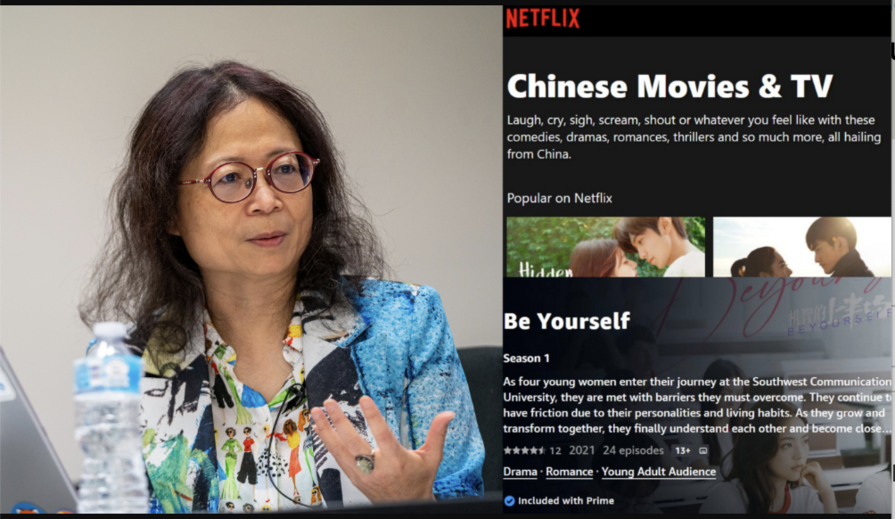Wan-Ying Lin, Ph.D.
Abstract (Summary)
Ethnic media are central to immigrants' lives. Drawing upon communication infrastructure theory, this study positions ethnic media in an overall communication environment where immigrants, community organizations, and ethnic media form a storytelling network and act upon community problems collectively. The author examined immigrants' dependency relationships with ethnic media and the extent to which ethnic media work as essential storytellers in building community in Los Angeles' Greater Monterey Park area, where one of the largest ethnic Chinese enclaves is located. The data were collected by multiple methods, including a telephone survey of 321 households, interviews with 30 ethnic media producers, and a content analysis of 34 issues of ethnic newspapers. The findings revealed the central role that these media played in immigrants' lives relative to other communication channels including interpersonal conversation, mainstream media, and new media. It was found that first-generation immigrants generally depended more on ethnic media than their second-generation counterparts. Older Chinese residents also spent much more time connected to ethnic media than did young adults. In addition, residents who had lived in the neighborhood for five years or longer, but still connected highly to ethnic media, showed a lower sense of belonging than those longer-term residents who depended less on ethnic media. Moreover, Taiwanese-origin residents spent more time on ethnic media than Chinese immigrants from Mainland China and Hong Kong.
The content analysis revealed that more than half of the stories analyzed were concerned with home countries, whereas local news comprised only 8 percent of the total. Geo-ethnic stories, which are culturally and locally relevant stories that are promoted by this study, accounted for only 6 percent. Given that Chinese immigrants relied primarily on ethnic media for community information and that local content comprised only a small percentage of coverage in the ethnic press, the vision of "storytelling into community building" has yet to become a reality.
Advisor: Ball-Rokeach, Sandra



